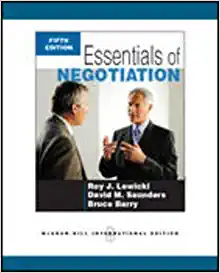Answered step by step
Verified Expert Solution
Question
1 Approved Answer
Your task is to classically condition the pupil of your eye to dilate to the sound of a bell. You will need a bell,


Your task is to classically condition the pupil of your eye to dilate to the sound of a bell. You will need a bell, a hand mirror, and a room that will be completely dark when the lights are off. This activity is taken from Hock (2013). Procedure You will conduct a number of trials in which the bell is paired with being in the dark. To accomplish this, go into a room that will be completely dark when you turn off the light. Ring the bell, and then turn off the light. It's important to ring the bell first. Do not let the bell ring at any other time. Wait in the darkness for about fifteen seconds, and then turn the light on. Wait another fifteen seconds, and then repeat the bell, turn off the light, and wait for fifteen seconds. Repeat the trial ten to twenty times. Then, look in the mirror, do not turn off the light, and ring the bell. If you are successful, your pupils will dilate to the bell alone, with no change in the level of darkness in the room. After you have successfully classically conditioned the eye to dilate, it's time to extinguish the response. Now you will repeatedly present the conditioned stimulus without the unconditioned stimulus. Record your results. Summary Address the following: Identify the unconditioned stimulus, unconditioned response, conditioned stimulus, and conditioned response in the activity. Report how many trials it took for classical conditioning to occur in the first place and then for extinction to occur. Include pictures of your setup and a description of the progression of your procedure, testing, and data collection. Report any difficulties you encountered. Describe how you could use higher-order conditioning to condition dilation to a new stimulus. References Cogan, D., & Cogan, R. (1984). Classical salivary conditioning: An easy demonstration. Teaching of Psychology, 11(3), 170- 171. https://doi.org/10.1177/009862838401100312 Hock, R. R. (2013). Forty studies that changed psychology: Explorations into the history of psychological research (7th ed.). Pearson.
Step by Step Solution
There are 3 Steps involved in it
Step: 1

Get Instant Access to Expert-Tailored Solutions
See step-by-step solutions with expert insights and AI powered tools for academic success
Step: 2

Step: 3

Ace Your Homework with AI
Get the answers you need in no time with our AI-driven, step-by-step assistance
Get Started


